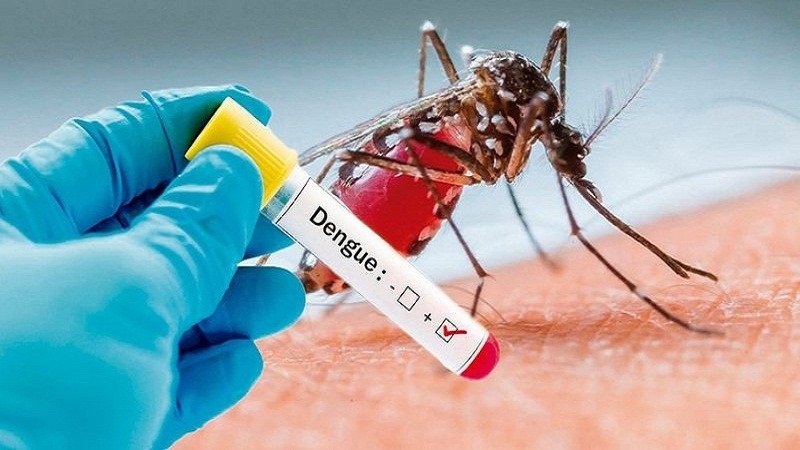Most common sickness experienced by expats in SEA

Continents around the world are full of diverse elements. Cultural practices differ greatly, from Asia’s ancient traditions to North America’s modern lifestyle. Each continent’s people have unique traits shaped by their history, geography, and social experiences, adding to the richness of our global society.
Traveling between continents can be challenging due to major differences in important factors. Time zones, cultural norms, food, and weather can all vary widely, and if you’re not prepared, this could lead to discomfort or even health problems. Not understanding these differences can result in unexpected situations, sometimes leading to serious medical issues.
Southeast Asia, like other regions, has its own health risks for travelers. Many visitors from Western countries might encounter unfamiliar bacteria or viruses due to the different lifestyle and environment in Southeast Asia, leading to various illnesses. We’ve identified three common health problems that expats might face while traveling in this region.

- Dengue Fever
Dengue fever is a viral infection transmitted by the Aedes aegypti and Aedes albopictus mosquitoes. Symptoms typically begin within 4 to 10 days after infection and include high fever, severe headache, muscle and joint pain, nausea, vomiting, and a rash. In severe cases, dengue fever can lead to dengue hemorrhagic fever (DHF) or dengue shock syndrome (DSS), which can be fatal if not treated promptly.
2. Food Poisoning
Food poisoning is a common illness caused by consuming contaminated food or beverages. Symptoms typically include nausea, vomiting, diarrhea, abdominal cramps, and fever. The most common culprits of food poisoning are bacteria, such as Salmonella, E. coli, and Listeria, as well as viruses, like norovirus and hepatitis A. Food poisoning can be prevented by practicing proper food hygiene, cooking food thoroughly, and storing food at safe temperatures. If you suspect food poisoning, it’s important to seek medical attention, especially if symptoms are severe or persistent.
3. Heat Stroke
Heat stroke is a medical emergency caused by the body’s inability to regulate its temperature. It occurs when the body’s core temperature rises to dangerous levels, often above 104°F (40°C). Symptoms include high fever, hot, red, dry skin, rapid heartbeat, headache, dizziness, nausea, confusion, and loss of consciousness. Heat stroke can be life-threatening if not treated promptly. It is essential to seek immediate medical attention if you or someone you know exhibits these symptoms. Prevention measures include staying hydrated, avoiding excessive physical activity in hot weather, and wearing loose-fitting, light-colored clothing.
When traveling to Southeast Asia, make sure you always pay attention on the cleanliness from the food you eat, avoid unreasonable direct sunlight or heat, and some practical steps to avoid mosquitos. By doing this thing, you can potentially keeping those sickness away.
To minimize health risks while traveling in Southeast Asia, prioritize food hygiene, avoid excessive sun exposure, and take proactive measures to prevent mosquito bites. By paying attention to these factors, you can significantly reduce your chances of contracting common illnesses and ensure a more enjoyable and healthy travel experience.
